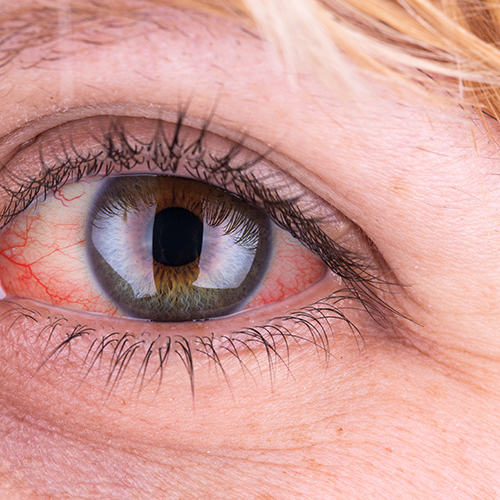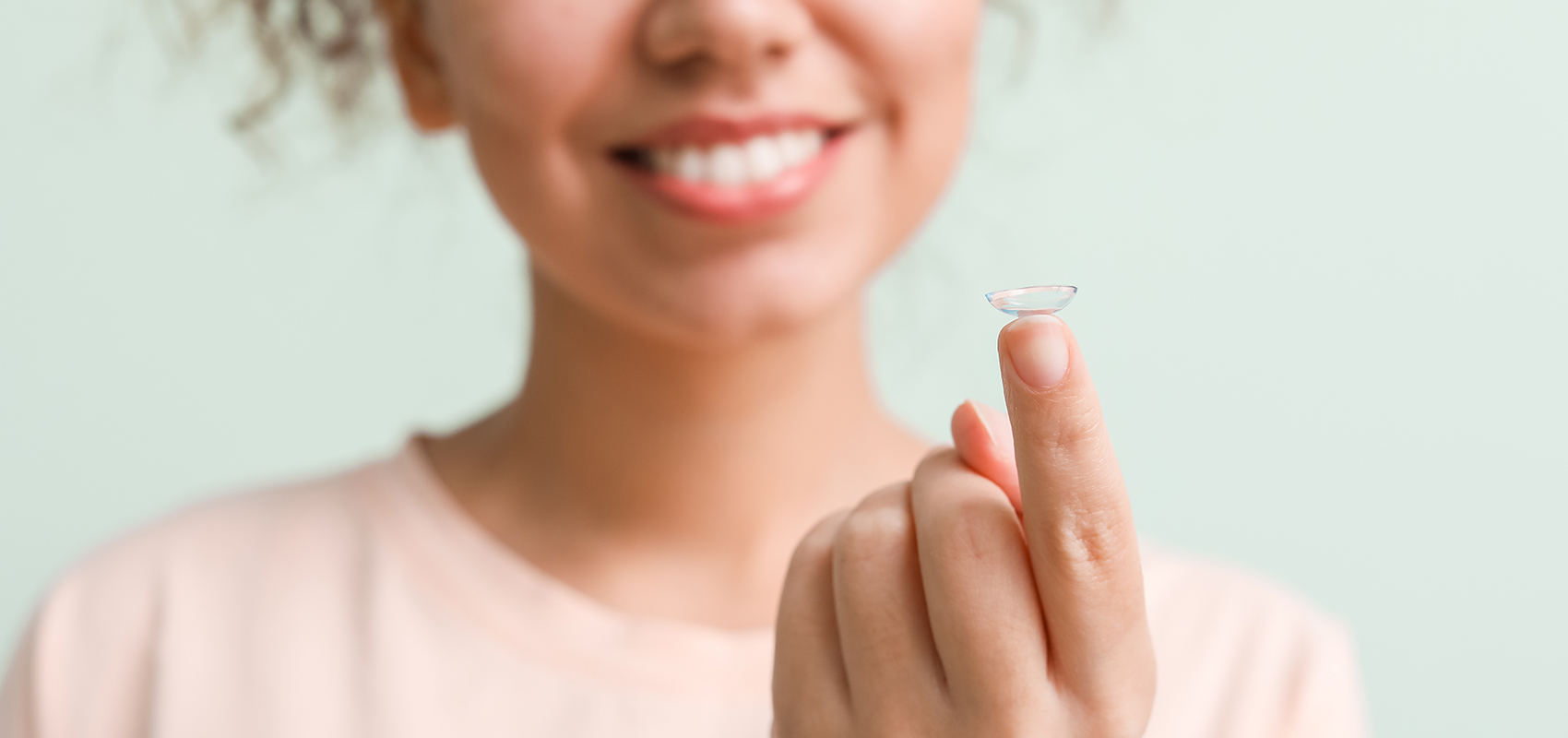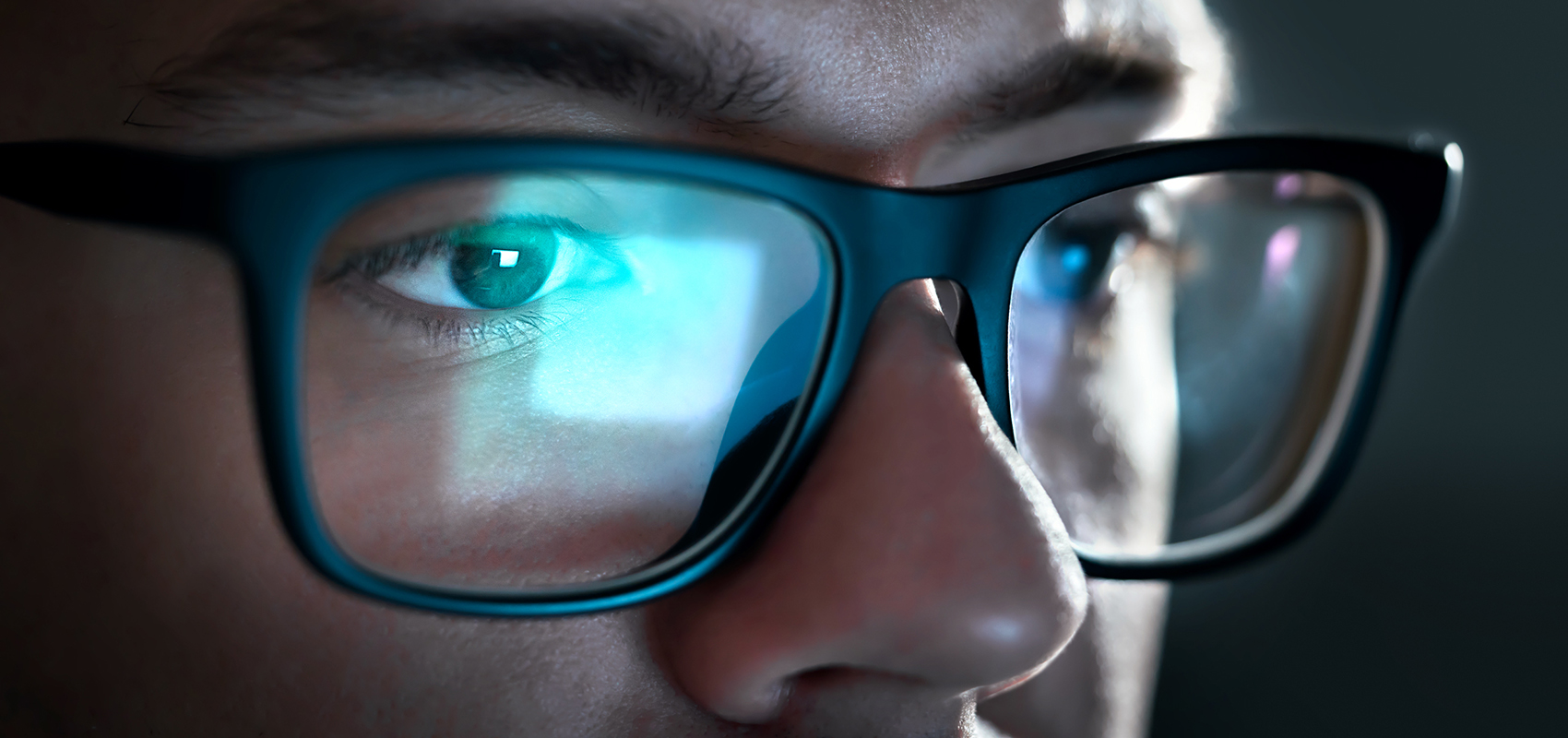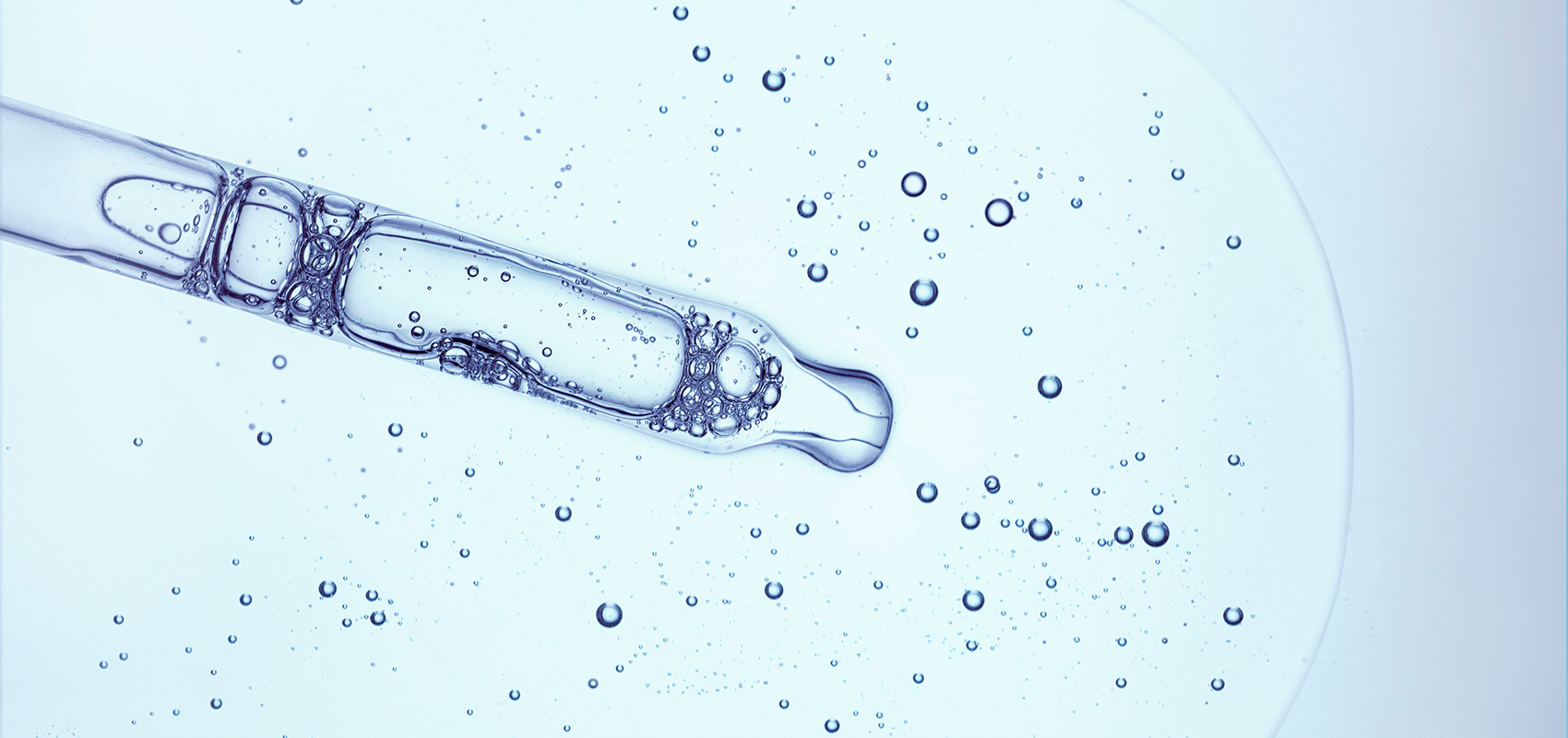Contact lenses are an effective alternative to the daily use of spectacles. They are particularly appreciated by many people with poor eyesight, who prefer them to glasses for practical or aesthetic reasons.
Today, there are many types of contact lenses available, made of different materials and with different characteristics: extended wear or disposable, rigid, semi-rigid and soft, permeable or impermeable to gases, including oxygen. As well as lenses for correction of visual defects such as myopia or astigmatism, there are also cosmetic lenses to change eye colour and correct imperfections.
The use of contact lenses is not without risks and adverse events: about one third of people who regularly wear contact lenses report complications due to their often incorrect use. Mechanical damage to the ocular surface from contact lenses is common. This may result from friction of the lens on the ocular tissues, breakage or damage to the lens, incorrect size, the presence of dust or other tiny foreign bodies on the lens or between the lens and the ocular surface. The cornea can be damaged, with the appearance of actual corneal abrasions in the most severe cases.



Contact lenses, especially when worn for a prolonged period, can alter the exchange and availability of nutrients and gases - especially oxygen - at the ocular surface. In particular, a condition of hypoxia (lack of oxygen) can lead to corneal distress. Fortunately, in the majority of cases, these changes are reversible and resolve with temporary interruption of lens use and/or switching to a different type of lens.
Products used to clean and maintain contact lenses can also cause sensitisation of the ocular surface. These products contain detergents, preservatives and antimicrobial agents which, if not properly removed, can be absorbed by the lens materials and then released onto the ocular surface, causing allergic or toxic reactions.
Equally important are the infectious consequences (conjunctivitis and bacterial keratitis are infections of the conjunctiva and cornea, respectively), which can be linked to poor hygiene, excessively prolonged lens wear and any conditions that can alter the resident microbial flora. Microbial keratitis is a rare but very serious complication that can be associated with contact lens use: the risk of developing this infection is 80 times higher in contact lens wearers than in non-contact lens wearers. It is manifested by reduced visual acuity, pain and photophobia (sensitivity to light). The treatment involves the local application of antibiotic therapy, as well as the immediate discontinuation of the lenses, which should be disposed of or at least disinfected where possible. It is important to start treatment early, as the infection can cause permanent damage to the eye with irreversible opacification of the cornea.
In addition, one must consider the inflammatory state that these contact lens-related conditions can generate on the ocular surface, which can in turn be the cause of more or less severe tear dysfunction. Symptoms of dry eye are very common among regular contact lens wearers: in these individuals, the risk of developing dry eye disease is two to three times higher than in non-contact lens wearers. The presence of the lens on the eye can in fact cause a continuous and persistent inflammatory stimulus that leads to an alteration of the tear film (the mainly aqueous layer that lubricates the ocular surface). Foreign body sensation, dry eye and blurred vision are the most common symptoms.
The first choice treatment for dry eye associated with the use of contact lens involves the constant application of lubricating artificial tears. In fact, it is a good idea to lubricate the eye with artificial tears before putting the lenses in and also immediately before taking them out to limit the trauma on the ocular surface as much as possible. In addition, if lenses are worn for several hours during the day, natural tears should be supplemented with frequent use of tear substitutes, especially in environments with dry, stale air.






How do you rate your experience on our site?
Comments
You need to log in to post a comment
No comments inserted